4 Secrets of Transforming Advantages
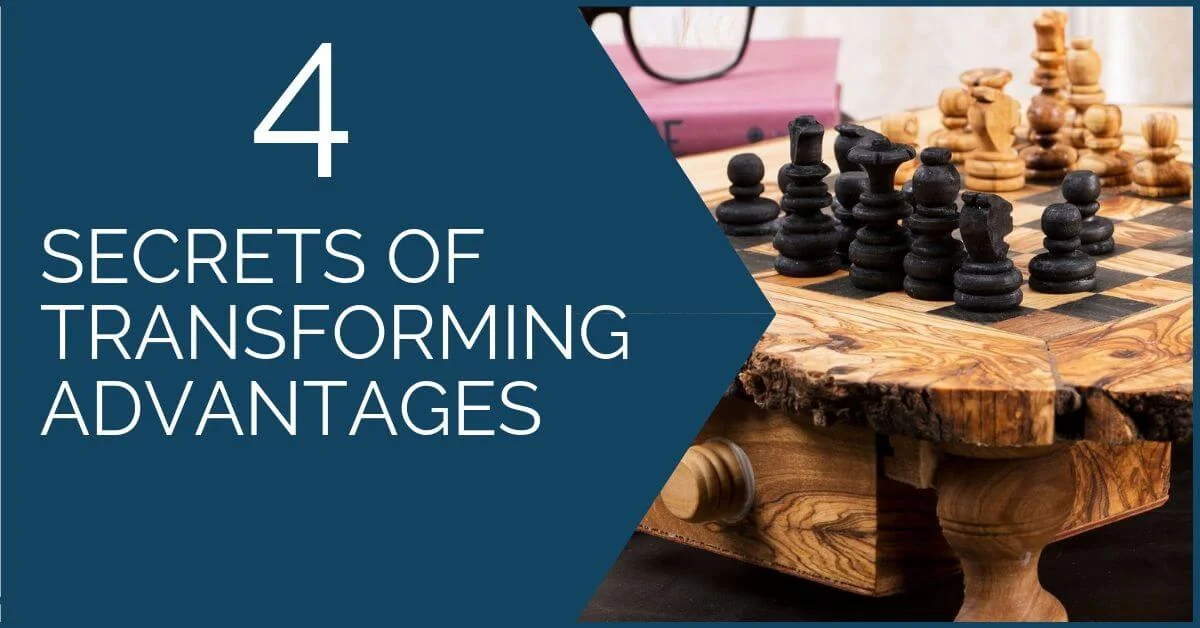
A game of chess goes through many phases and changes. Every strategic game must be complemented by the good tactical vision. Every good attacking player needs to have good positional skills.
It doesn’t matter how great a positional player one is if tactical opportunities are missed. Just the same, there are many good attacking players who commit basic mistakes when it comes to playing a quiet, positional game.
In order to become a strong and complete player, one must incorporate all types of positions in his training routine and give special attention to the parts that he likes to train less (for example, strategy), as here is where the voids usually are.
But these are not the only changes that happen during a game.
Secret 1: The pawn structure
Beside constant or occasional switches between positional and tactical play, another element that rarely stays the same throughout the whole game is the pawn structure. Here we must underline the importance of studying in depth the most common positional motifs and types of structure.
Secret 2: Weaknesses
There are many complex structures (often seen over the board, too), such as the isolated pawn or the hanging pawns, that are many times misunderstood. They are known as weaknesses, hence something bad that shouldn’t happen in our games. However, things are different with some structures and they can prove dangerous and sometimes pleasant to play with. It all depends on the piece coordination and the situation on the board.
Secret 3: Small advantages
Another point to remember during the game is that small advantages can and should be switched for something better for us or for a bigger one. Most of the times, if a player has a small positional advantage he will try to hang on to it and eventually convert it and win the game.
Secret 4: Trading advantages
While this can sometimes be done, we should always be on the look for trading our advantage for a bigger one or one that’s easier to convert. For example, the bishop pair is an important advantage, but sometimes not enough to penetrate the opponent’s defense and win the game. We should always keep open the option of trading one of the bishops for a better/ winning endgame, for example.
In continuation, let’s see some examples of such changes in practice.
The following position appeared on the board shortly after the opening was over:
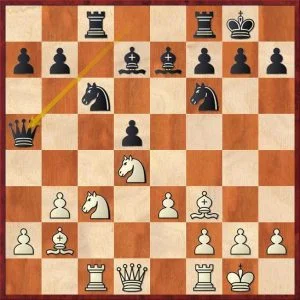
Sgircea, R – Astengo, C, Dolomiti Open 2019
White to play
It is a typical isolated queen’s pawn middlegame.
White’s plan is to have the d4 square well under control and then execute favorable exchanges in order to obtain a better endgame where the isolated pawn will be a weakness. In return, black will try to avoid trades and make use of the central squares that the pawn controls. In our position, the immediate threat is …Ne5 followed by …Ne4, after which Black’s position is probably preferable.
To stop this, the idea of trading the knight on c6 suddenly springs in mind. If black recaptures with the bishop, then white can continue increasing the pressure on d5 and improve the pieces.
The critical line is …bxc6, which means giving up playing against the isolated pawn and transitioning into a position with backward pawn/ hanging pawns. If black will manage to get his pawn to c5, then he will probably be just fine, but the pressure over the d5 pawn and white’s following idea make this impossible.
Can you find it?
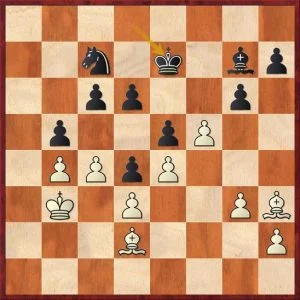
Sgircea, R – Soto, M, Dolomiti Open 2019
White to play
In the second diagram, we have an endgame where white has the bishop pair, but it seems that black is still holding. With my last move, f4-f5, I was trying to create a second front of attack on the kingside.
However, it doesn’t look easy to break black’s defenses, so I decided to give up one of my bishops in order to obtain a winning endgame.




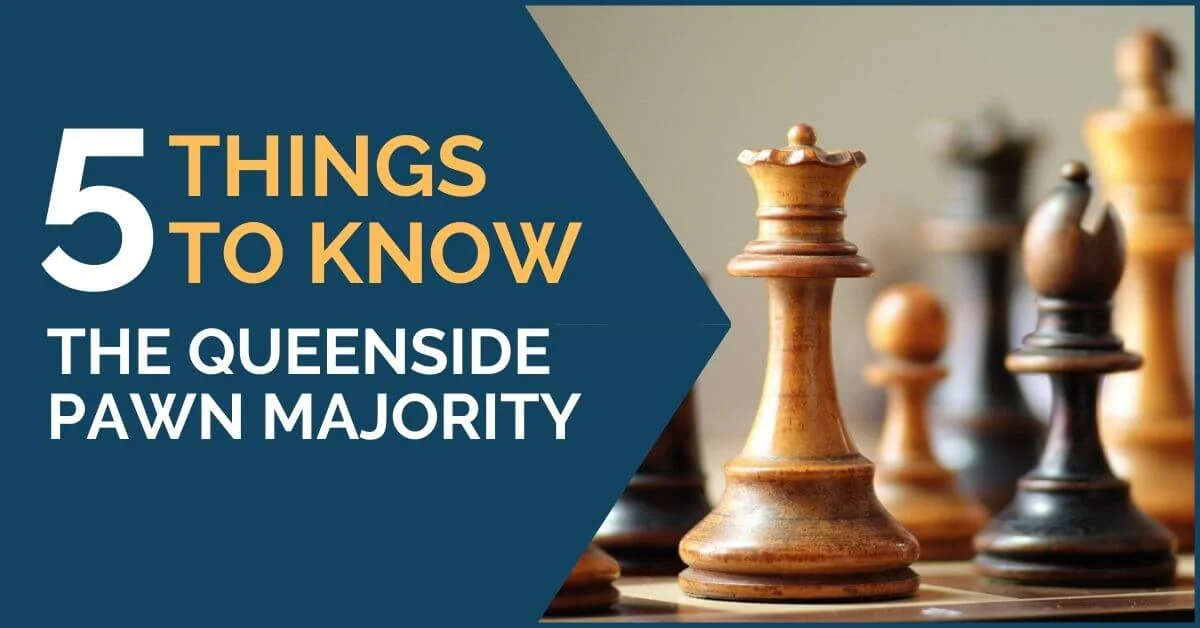
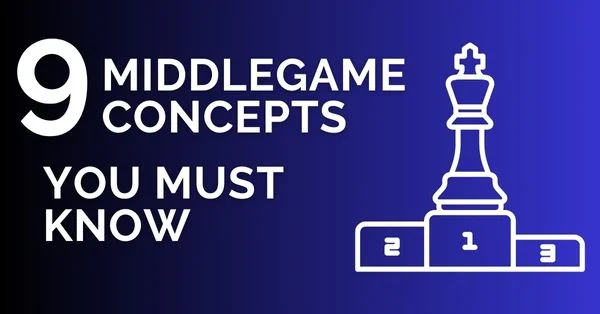




Comments: